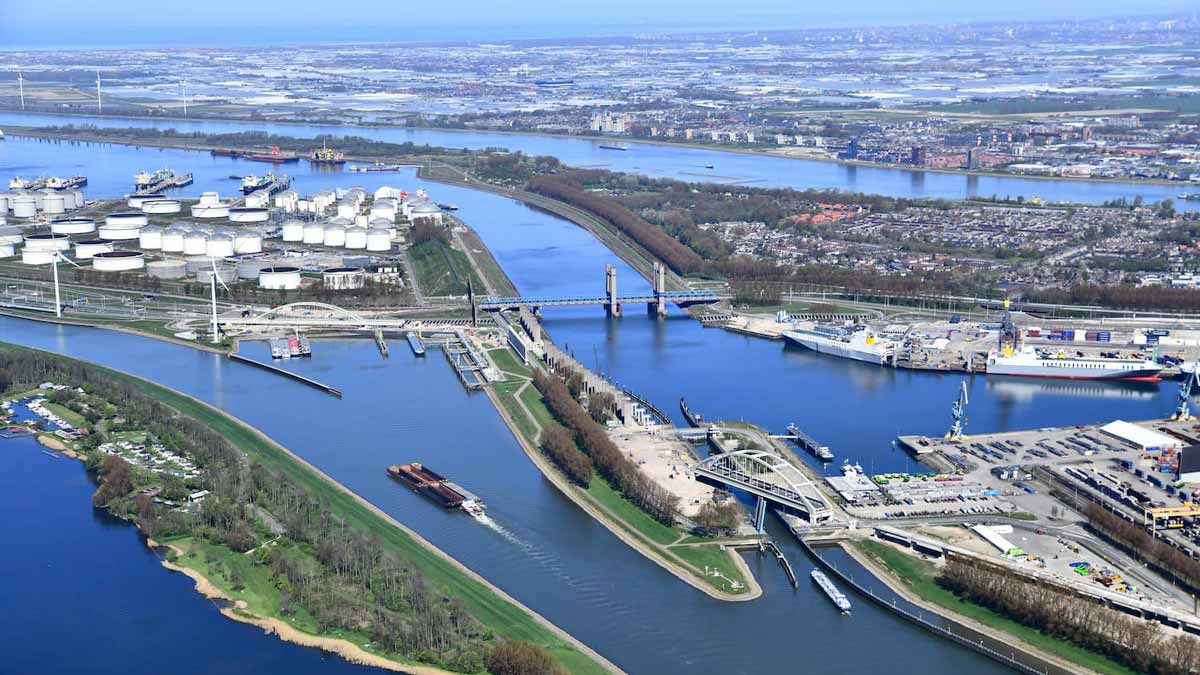The Queensland government has signed a major partnership agreement with Europe’s largest seaport to cooperate on developing a green hydrogen export industry between Australia and Europe.
Queensland minister for energy, renewables and hydrogen, Mick de Brenni, announced the signing of the memorandum of understanding between Queensland and the Port of Rotterdam in The Netherlands to collaborate on the development of hydrogen export supply chains.
“This landmark agreement is another ringing endorsement of Queensland’s quest to be a green hydrogen superpower,” he said.
“The Port of Rotterdam has a target to import up to 20 million tonnes of hydrogen by 2050, starting with imports of ammonia in 2025.
“This latest milestone demonstrates that Queensland has what it takes to help economies around the world achieve their decarbonisation ambitions,” de Brenni added.
The Port of Rotterdam is Europe’s largest seaport, ranking as one of the largest and busiest worldwide, and already hosts facilities for the storage (bunkering) of European oil and gas supplies.
The Port has committed to establishing new hydrogen production and import facilities, with ambitions of serving as a major hub for a future European green hydrogen industry.
De Brenni announced the partnership in an address to the World Hydrogen Summit on Wednesday – held in Rotterdam – saying that it underscored Queensland’s progress towards establishing itself as a leading exporter of renewable hydrogen.
“Given the recent impacts of world events on energy security and their sky-rocketing effect on power prices, this has perhaps never been more important,” de Brenni said.
“We are powering ahead in the new energy era – in fact we are setting the pace.”
“We are tapping our abundance of sunshine, wind and water, our new economy minerals and our skilled workforce to power our energy evolution.”
While renewable hydrogen is being increasingly viewed as a key source of storable and transportable zero emissions energy, a significant amount of new infrastructure will need to be developed and commissioned to support its increased role within global energy systems.
This includes significant investment in hydrogen production, processing and export facilities. De Brenni said that Queensland was well placed to leverage its existing facilities and experience as an energy exporter.
“We have well developed ports, an established industrial seaboard infrastructure, mature scientific research and manufacturing capabilities,” the minister said.
The Queensland government is backing the development of major green hydrogen production and export facilities in towns like Gladstone – historically home to major coal and gas export industries.
De Brenni said that broader state government support for renewable energy projects, and direct government investment in hydrogen production facilities, could establish Queensland as a major global hydrogen supplier.
“We have three Queensland Renewable Energy Zones that allow us to coordinate our vast supply of renewable energy and open doors to rapidly develop our green hydrogen hubs,” de Brenni said.
“Importantly we are also skilling Queenslanders to ensure we maximise the opportunity to become a world leader in hydrogen and we are committed to producing Queensland hydrogen to the highest possible environmental standards.”
“We realise the importance of assuring our investment partners that our hydrogen will only be made from renewable energy, because the only truly clean hydrogen is green hydrogen,” he added.










